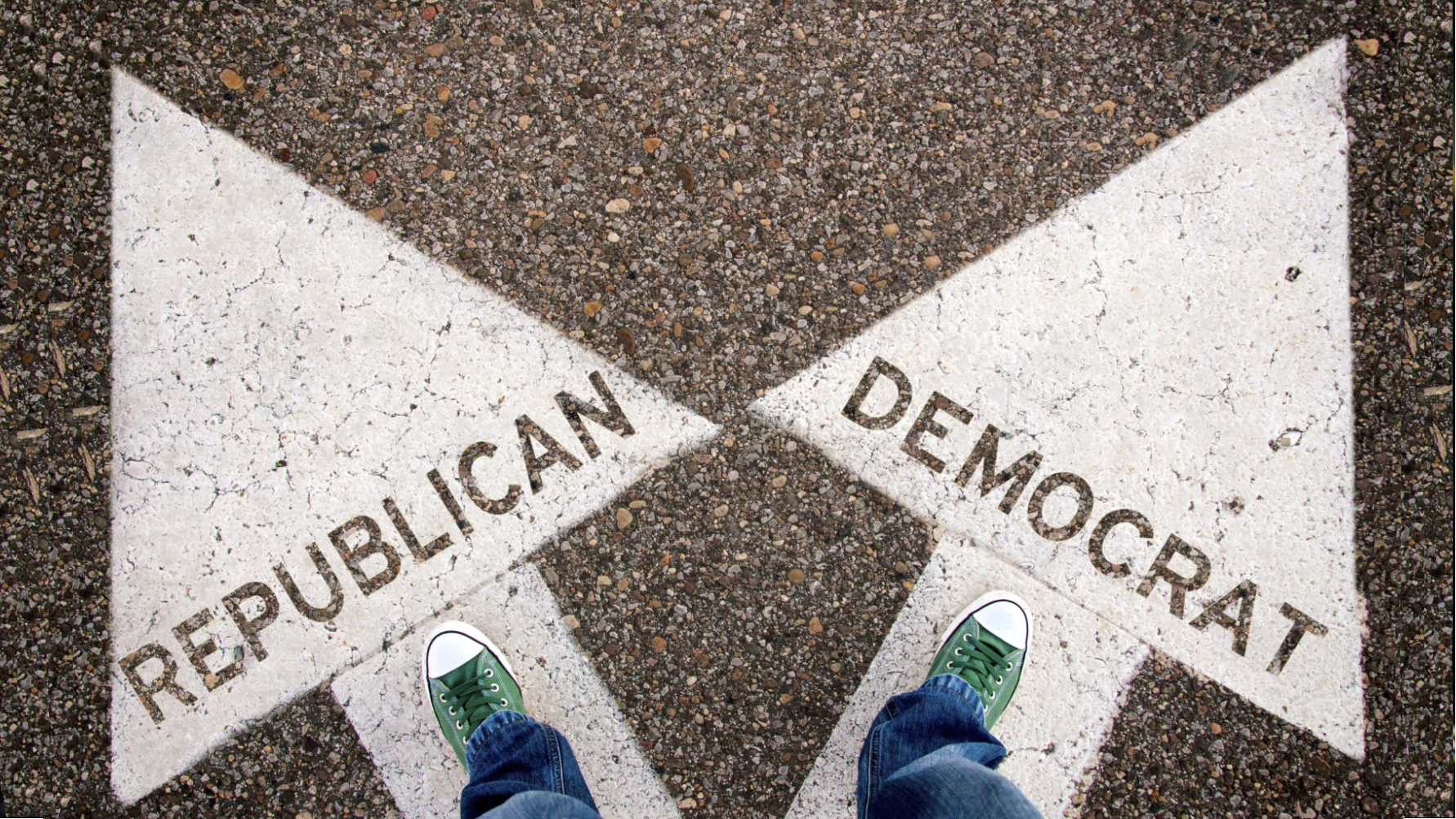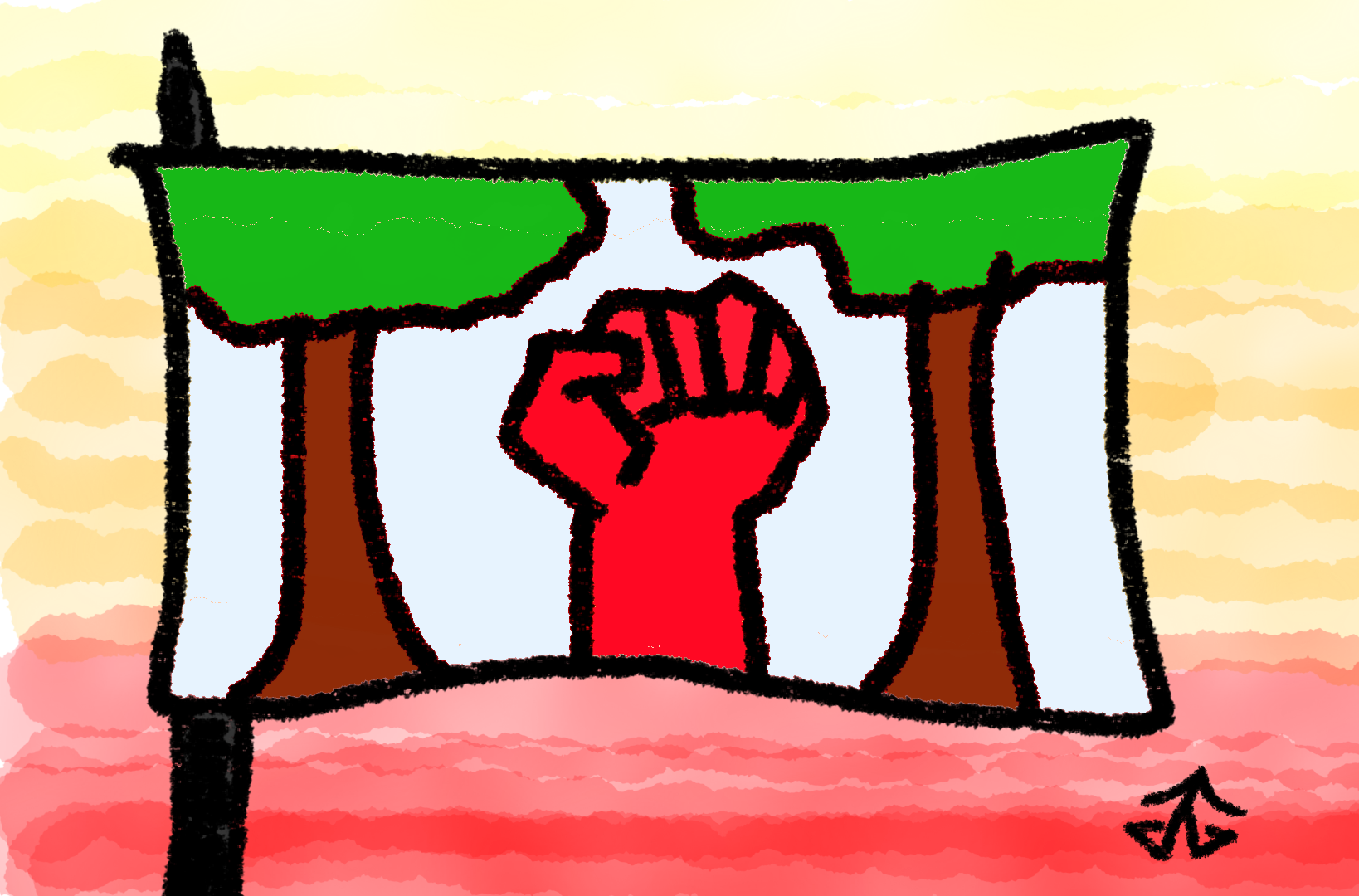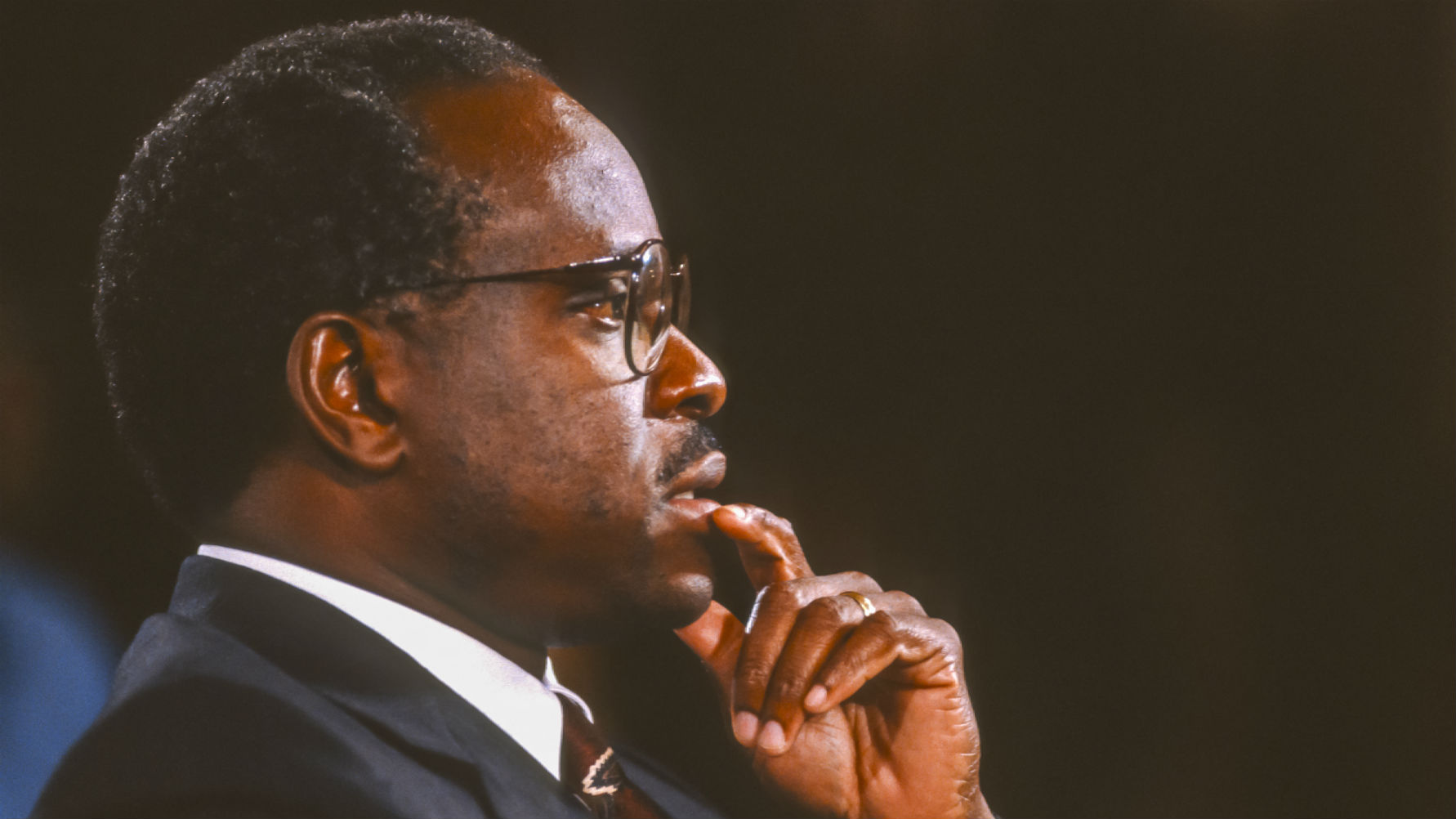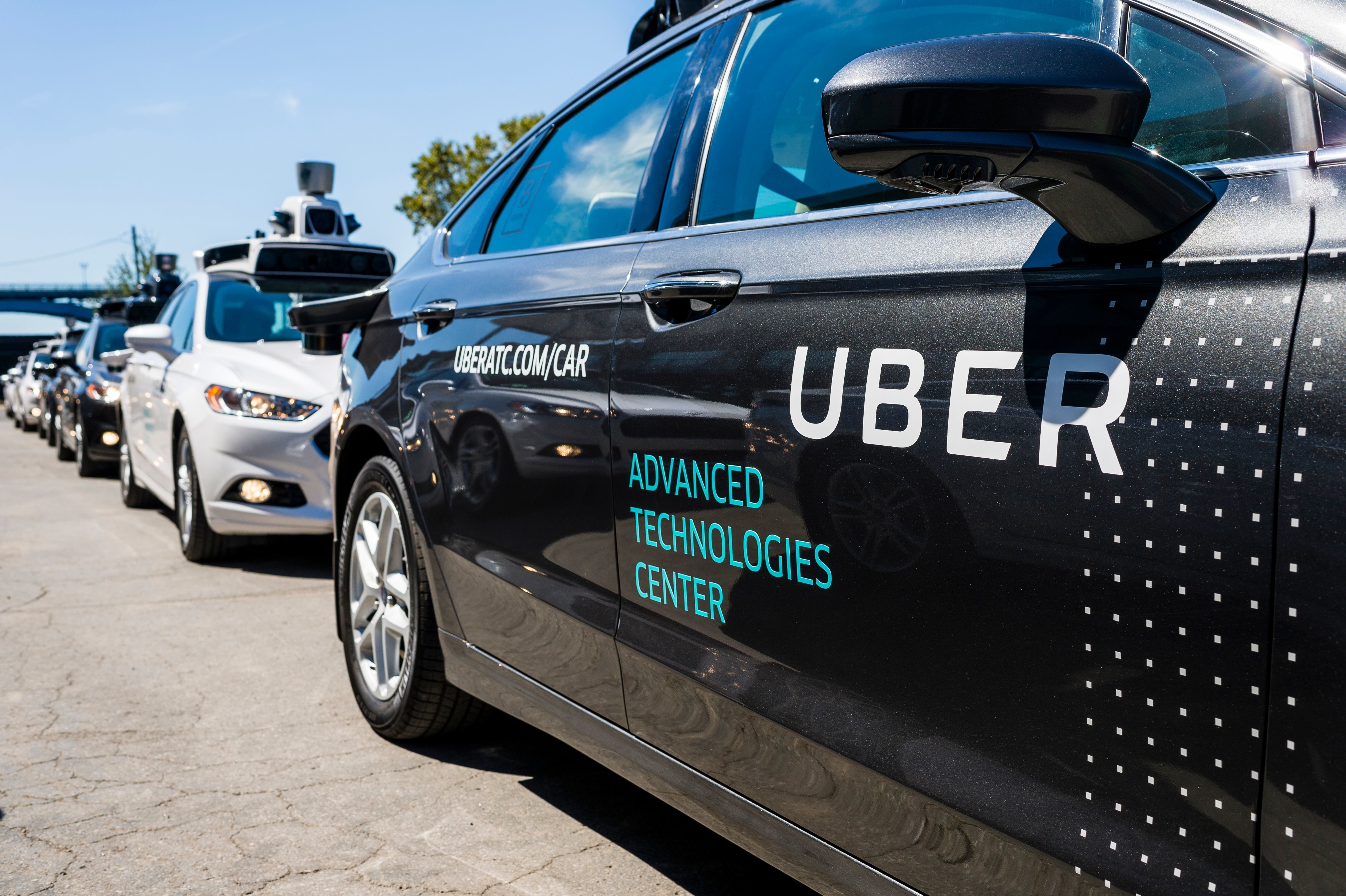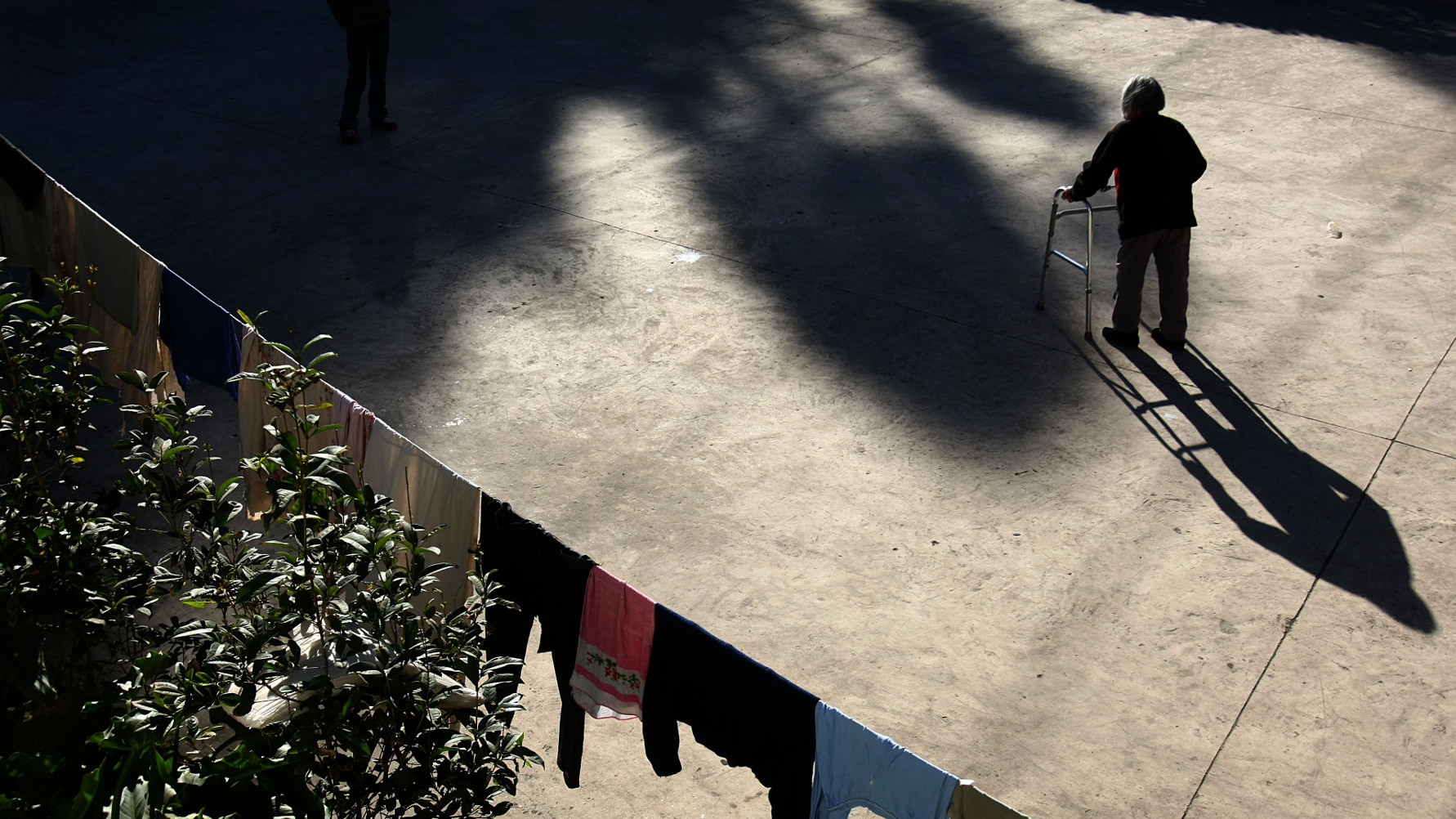If every great story is a journey, then few are more in need of a road map than True Detective.
All Articles
A tour de force article by The New Yorker’s Kathryn Schulz details a catastrophic earthquake and tsunami that could leave a region home to millions of people in absolute ruins.
Researchers have discovered that the measles virus erases the body’s natural immunity to other diseases.
More than a million Americans per year elect to go abroad for expensive medical procedures, building a vacation that, in total, costs less than being treated at home.
Objective truth is fine if we want to know the weather conditions, but to live as a human in a human society, a more nuanced approach is needed to knowledge and understanding.
Smarts Don’t Guarantee Success. Only a Hunger to Win Can. Take it from a 19-year-old college graduate. Brandon Adams says that most poker players, like financial traders, have sharply analytical […]
Anxiety is typically a helpful evolutionary tool, but it can sometimes become a pathology.
History is littered with prejudiced ideas that use Darwin to claim legitimacy.
Now that New Horizons has flown by the Plutonian system, can it be considered a planet after all? “Words are the source of misunderstandings.” –Antoine de Saint-Exupéry Back in 1930, […]
The only thing more disturbing than an unfamiliar Atticus Finch is the dubious story behind the decision to publish Harper Lee’s “found” work.
We never give people who live in the public eye the same amount of privacy and respect that we afford our personal friends.
The standard line against painter John Singer Sargent goes like this: a very good painter of incredible technique, but little substance who flattered the rich and famous with decadently beautiful portraiture — a Victorian Andrea del Sarto of sorts whose reach rarely exceeded his considerable artistic grasp. A new exhibition of Sargent’s work and the accompanying catalogues argue that he was much more than a painter of pretty faces. Instead, the exhibition Sargent: Portraits of Artists and Friends and catalogues challenge us to see Sargent’s omnivorous mind, which swallowed up nascent modernist movements not just in painting, but also in literature, music, and theater. Sargent the omnivore’s dilemma thus lies in being too many things at once and tasking us to multitask with him.
Blitab is similar to an e-book, but uses liquid-based technology to create small, physical bubbles that rise and fall on the surface on demand to display the necessary text or graphics.
Your Facebook feed is a virtual echo chamber. It serves the same purpose as Fox News or MSNBC.
Many people use Uber and Airbnb to make some money on the side, but the cost of this, economists argue, is the displacement of more stable industries like traditional taxi and hotel companies.
The benefits of playing games reach beyond just entertainment — they’re a great outlet. However, at the end of a stressful day, sitting down with a violent video game may not be the best idea.
A blue cosmic curtain can only mean one thing. “Life is a mirror and will reflect back to the thinker what he thinks into it.”-Ernest Holmes Image credit: ESO/Igor Chekalin, […]
The best-kept secret in music festivals and the six great new bands I found. “Life is a festival only to the wise.” –Ralph Waldo Emerson Every weekend, I try to […]
Well, nothing new happens without some blood being spilled, I suppose.
We surprise the world’s brightest minds with ideas they’re totally unprepared to discuss. This week on Big Think’s podcast, we’re joined by beloved actor/educator Bill Nye the Science Guy.
A school district in Iowa is one of the first to outfit its administrators with body cameras. Their use should ease tensions with regard to transparency and accountability, but not everyone is happy with the precedent they set.
“It is said that science fiction and fantasy are two different things. Science fiction is the improbable made possible, and fantasy is the impossible made probable.”
There are three things an idea must do to become a full-fledged scientific theory. How does the Multiverse stack up? “It’s hard to build models of inflation that don’t lead […]
Evolution can be seen as a process of discovering logic that works well in a particular environment. But evolution can’t see what our foresight can grasp. In some cases the logic inherent in relationships of need (e.g. within groups) can be decisive.
Researchers observe neurofeedback speeds, the likes of which a lab has never seen.
The Dutch city of Utrecht has set up an experiment to find out. Will everyone turn into lazy do-nothings or will people be encouraged to pursue passion projects?
In his dissent in Obergefell v. Hodges, the ruling that made same-sex marriage a constitutional right throughout the United States, Justice Clarence Thomas rejected the majority’s rationale that gays and […]
If you see a picture of a planet, can you identify which of the eight it is? “Don’t go around saying the world owes you a living. The world owes […]
Researchers predict the benefits of driverless taxis on the roads and the environment, and the outlook is good.
Researchers show how the pace of aging varies from person to person, and how chronological age is irrelevant when treating diseases—it’s biological age we should be concentrating on.











